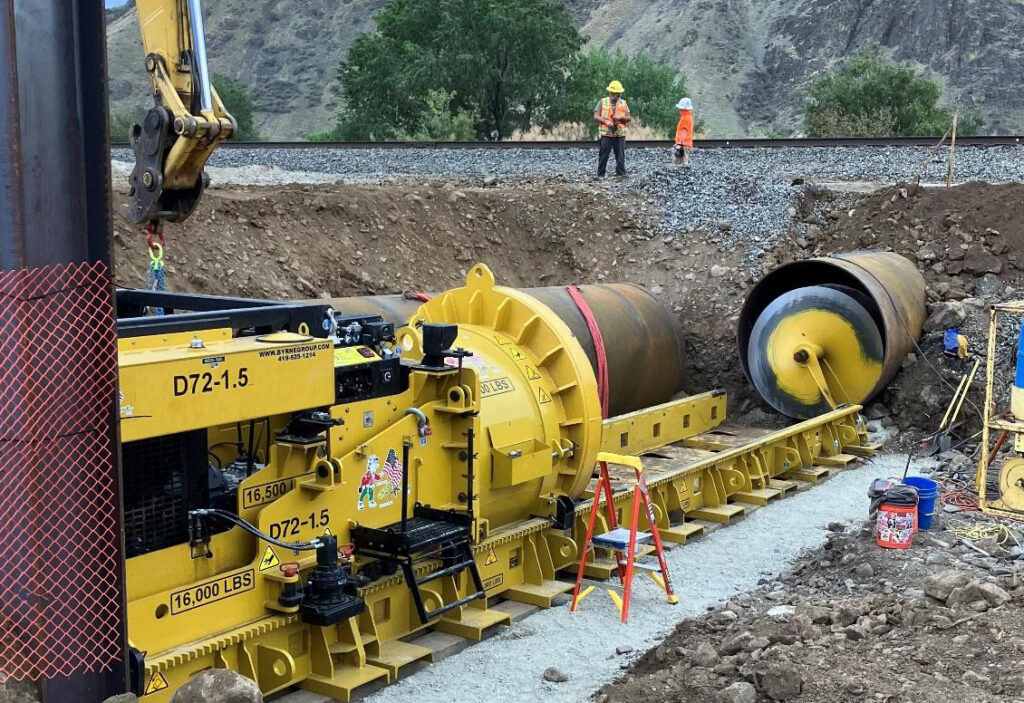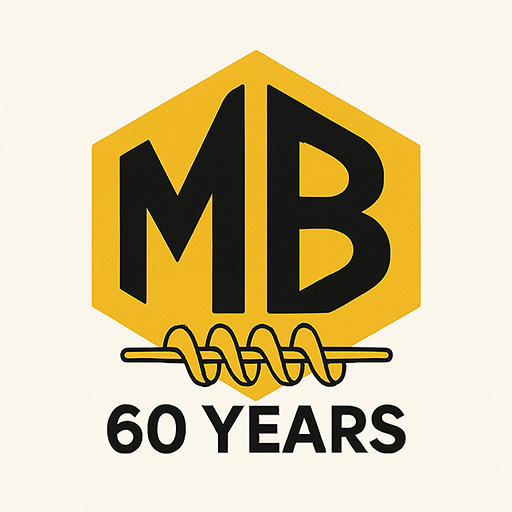
When it comes to installing underground utilities with minimal surface disruption, the jack and bore method has been a proven trenchless technology for decades. Widely used for water, sewer, gas, and telecommunications projects, jack and bore offers contractors and municipalities a cost-effective, reliable way to cross highways, railroads, and other critical infrastructure without open cutting.
What is Jack and Bore?
Jack and bore is a trenchless installation method that combines hydraulic jacking with auger boring. A steel casing pipe is pushed (or “jacked”) horizontally through the soil while a rotating auger removes excavated material back to the entry shaft. Once the casing is in place, the utility carrier pipe — such as waterline or sewer pipe — is inserted inside.
The process begins with the excavation of a launch pit on one side of the crossing and a receiving pit on the other. A boring machine, typically mounted on rails, is set in the launch pit. Hydraulic jacks apply forward pressure to drive the casing pipe while the auger rotates inside, transporting soil out of the bore. This controlled approach allows for precise installation even in challenging ground conditions.
Applications in Utility Work
Jack and bore is especially valuable in urban and infrastructure-heavy environments where surface disruption must be minimized. Common applications include:
- Highway and railroad crossings
- Water and sewer main installations
- Gas and petroleum pipelines
- Telecommunications conduits
Because the method allows for installation at relatively shallow depths and with minimal vibration, it is often the preferred option for sensitive or regulated rights-of-way.
Advantages of Jack and Bore
Minimal disruption: Roads, rail lines, and businesses remain open during installation.
- Proven reliability: Decades of use have made this method a standard in utility construction.
- Precision: Casing diameters from 12 inches to over 100 inches can be installed accurately.
- Versatility: Works in a variety of soils, from soft clays to solid rock, with the right cutting head and tooling.
- Cost-effectiveness: Reduced restoration costs compared to open-cut methods.
Limitations to Consider
While highly effective, jack and bore does have limitations. The method is generally used for straight-line installations and is less suitable where curves are required. It also requires sufficient space for entry and exit pits, and ground conditions must be evaluated carefully to avoid issues such as ground loss or settlement.
Manufactured by Michael Byrne Mfg for 60 Years, Jack and Bore is a Trusted Trenchless Method for the Future
As urban areas continue to expand and infrastructure corridors become more congested, trenchless methods like jack and bore are becoming even more essential. Contractors, engineers, and municipalities rely on this proven technology to install critical utilities while minimizing impact to the public and the environment.

